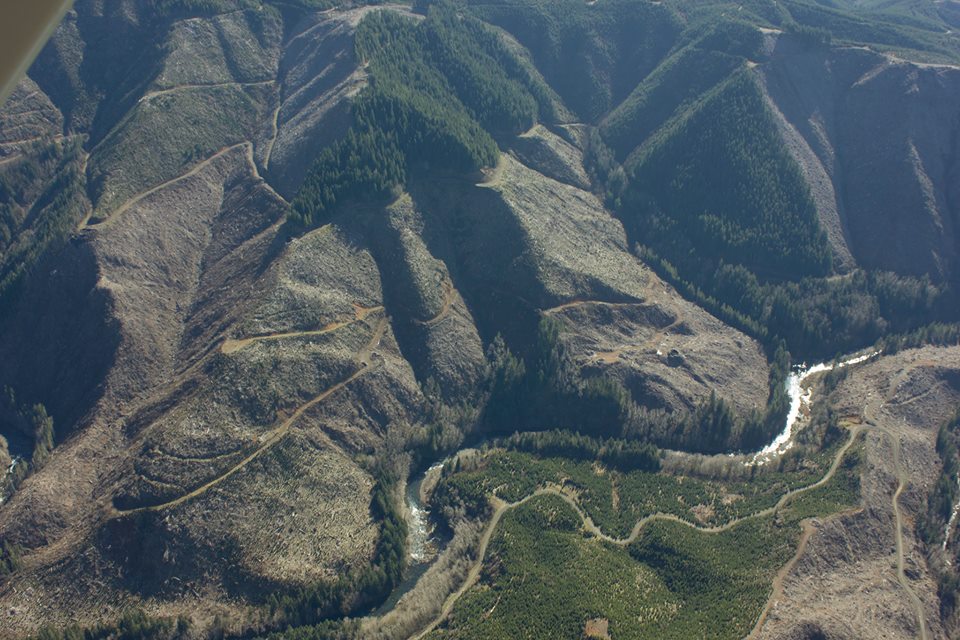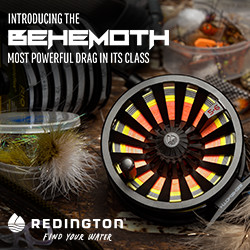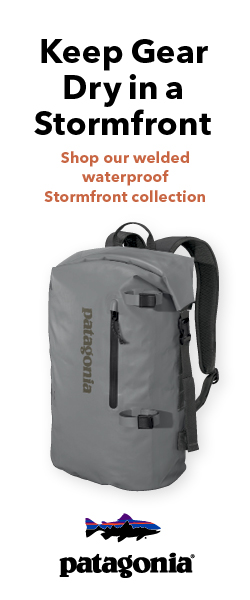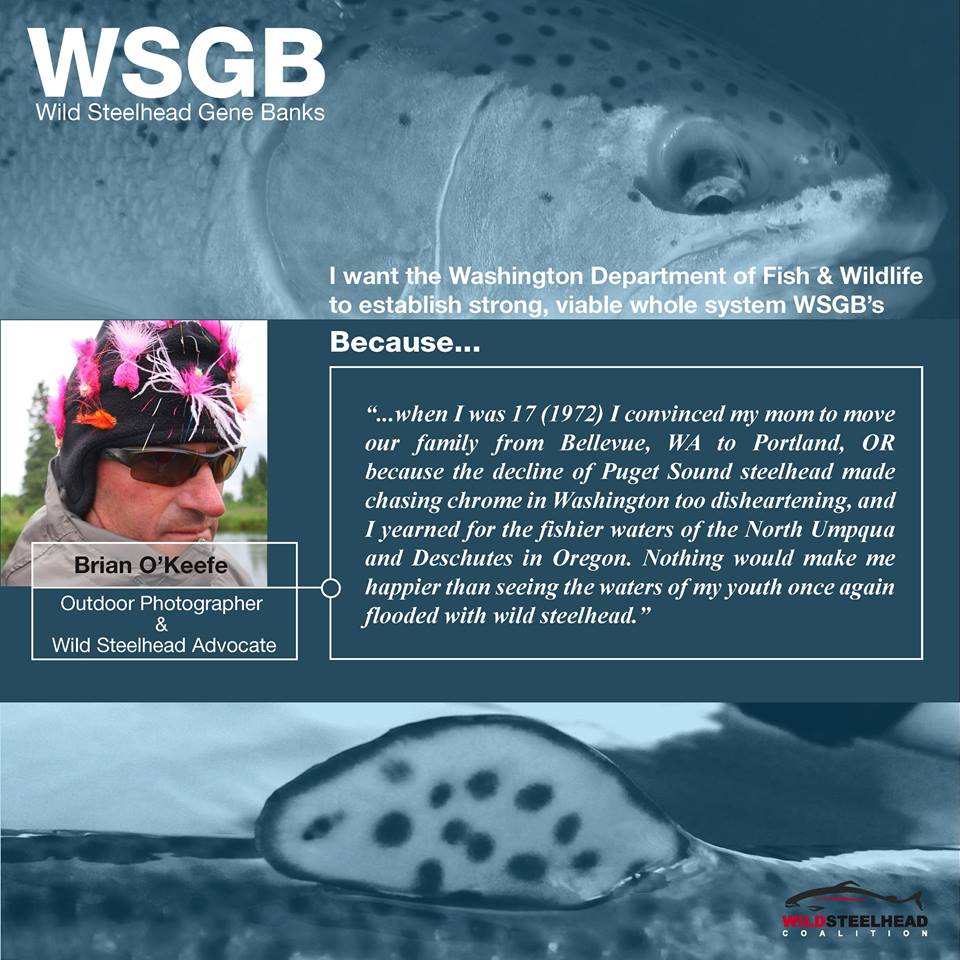
If you’re a long-time Chum reader you’re properly well aware of our disdain for the genetic miscreants dubbed hatchery steelhead. You might even own one of our limited edition bonk hatchery steelhead shirts. Or you may have shared our post about Chuck Norris taking out hatchery fish with a grenade.

For those less informed about our decade-long slugfest against hatchery fish and their proponents, here’s a cursory rundown. Hatchery fish are an environmental disaster. They were intended to cover up the loss of wild steelhead but have only made the problem worse because they have a negative impact (both ecological and genetic) on wild steelhead and are a major hindrance to the recovery of wild steelhead – a federally listed threatened species in the Chum’s Puget Sound homewaters. Plus, they’re a huge economic boondoggle with hundreds of millions of dollars being spent every year to return fewer and fewer fish.

In all of our years waging war against hatchery steelhead, we’ve never had an opportunity like this to effect positive change for wild steelhead in Puget Sound. But we need your help to make it happen. Please take a minute to submit your comment to the WDFW telling them to create strong, effective gene banks in the Skagit/Sauk, Elwha, and the Puyallup/Carbon/White watersheds.

It's fairly easy to comment but according to the latest from the WDFW you must use their online comment form for your vote to actually count.
Here is the link to the WDFW page where you can vote for the Skagit/Sauk, Elwha and Puyallup/Carbon/White.
Be sure to hit the "comment on another population" link below the first comment box to add additional boxes so you can comment on the selection of all the population groups called out above.
You will also be required to "briefly" explain your rationale for selecting a particular watershed. You can use the talking points from the info-graphic below to fullfill that requirement, if you click on the image you can view it full size for easier reading.

Vote for the Skagit/Sauk, Elwha and Puyallup/Carbon/White.
 Monday, September 14, 2015 at 12:00AM
Monday, September 14, 2015 at 12:00AM  Photo: Shane Anderson
Photo: Shane Anderson Logging,
Logging,  TAKE ACTION!!!! in
TAKE ACTION!!!! in  Action,
Action,  Conservation,
Conservation,  Environment
Environment 















